The back-to-school season is upon us and with that brings all the germs and dread for the next sickness to tear through the entire household. Therefore, this is an important post discussing all the best immune-boosting foods backed by research with a 3-day sample meal plan!
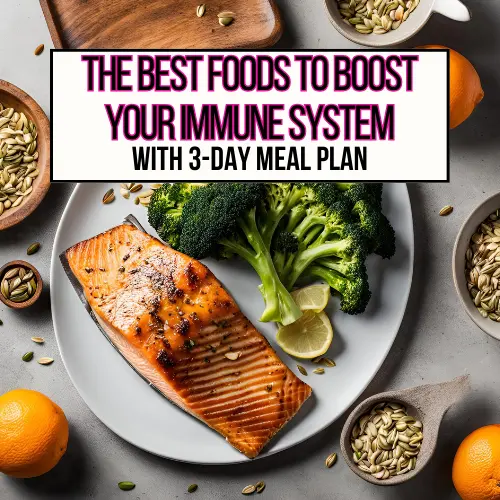
Will following a meal plan like this ensure that you don’t get sick? No, probably not, BUT it will help prevent deficiencies.
Most of the research suggests that it’s nutritional deficiencies in these immune-boosting nutrients that make us more susceptible to being sick. It’s also important to understand that immune response is influenced by a number of factors like genetics, our gut microbiota, body fatness, stage of life, stress, sleep, physical fitness, and medications.
Prioritizing these foods might decrease the severity or duration of many common illnesses. However, I completely understand that life gets crazy and it might be hard to do just that. As a mom of a two and five-year-old (starting kindergarten this year!), I totally get it. If anything, use this meal plan as a guide and gain a little knowledge on immune boosting foods.
A multivitamin can help fill in those nutritional gaps and may prevent these nutritional deficiencies. However, it’s always best to consume from foods for the best bioavailability. Plus, many multivitamins don’t contain some of these nutrients. There is little risk involved in taking a multivitamin – but try to prioritize with food sources as well!
Nutrients to Prioritize for an Immune Boost
Vitamins A, C, D, E, zinc, copper, iron, selenium, and magnesium all play a role in our immune system. A deficiency in these micronutrients can result in increased susceptibility to infections. Let’s discuss some of the most important foods to prioritize this cold and flu season {and why}. If you just want to see the meal plan, keep scrolling!
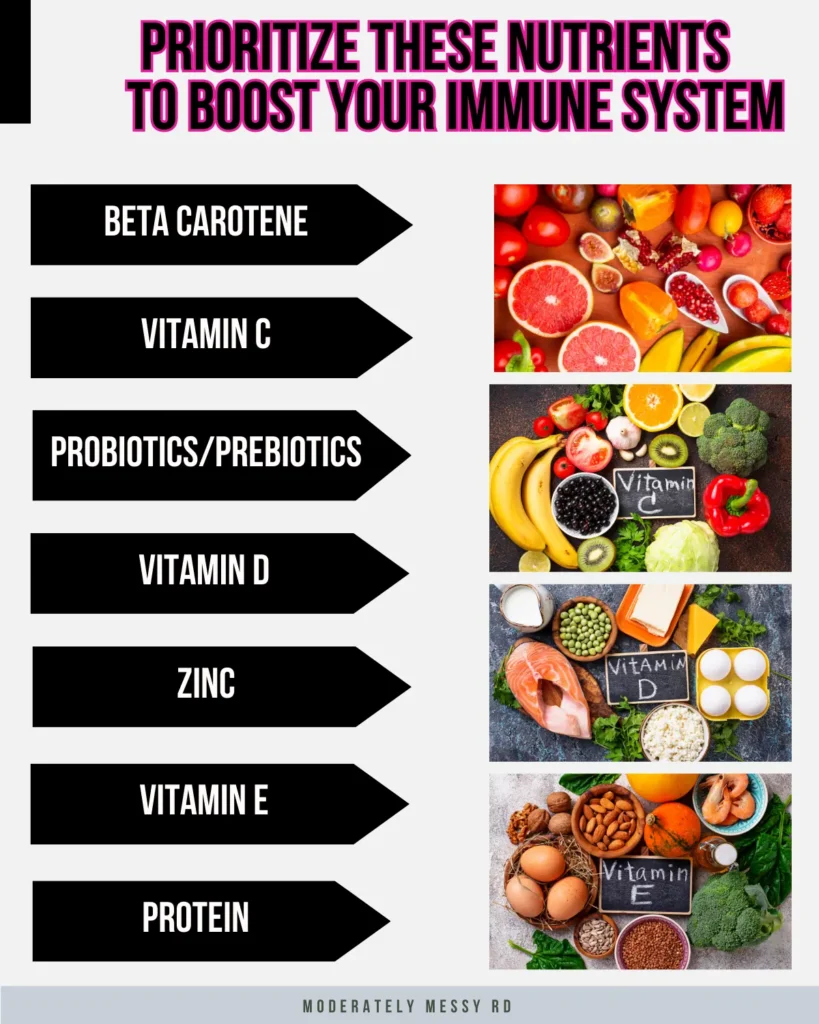
Foods High in Vitamin C
Vitamin C has antioxidant, anti-inflammatory and immunomodulating effects. Oral and IV vitamin C is often administered in hospitals to decrease the incidence and duration of respiratory infections. Some studies suggest that vitamin C can shorten the duration of a cold and may even make symptoms milder.
Therefore, prioritizing foods with vitamin C may prevent deficiency and help with the prevention and treatment of colds. Some of the best food sources of vitamin C are oranges, kiwi, bell peppers, strawberries, broccoli, tomatoes, and even potatoes.
Probiotics and Prebiotics
The bacteria within our gastrointestinal tract plays a role in our immune system by creating a barrier against entry of unwanted pathogens. A healthy balance of probiotics and prebiotics can lead to a more diverse and resilient microbiome.
The best probiotic food sources are yogurt, kefir, kimchi, kombucha, sauerkraut, miso and natto. Prebiotics, on the other hand, act as food for that good bacteria in our gut. Some of the best sources of prebiotics are in foods like sugar beet, asparagus, garlic, chicory, chia seeds, onion, Jerusalem artichoke, tomato, wheat, honey, banana, barley, cow’s milk, peas, beans, and seaweed.
For a more in-depth overview, read Improving the Gut Microbiome: A Guide to Probiotics and Prebiotics.
Vitamin A
Beta carotene is a form of vitamin A that acts as an antioxidant. It can reduce inflammation and boost immune function by protecting the body against free radicals. Food sources which contain beta carotene include broccoli, carrots, sweet potatoes, green leafy vegetables, squash, and cantaloupe.
Vitamin E
A deficiency in vitamin E impairs normal functions of the immune system. Nuts and seeds, butternut squash, salmon, avocado, and mango are excellent sources of vitamin E. A serving size of sunflower seeds provides almost 50% of our daily value of vitamin E!
Vitamin D
There are not many food sources that are high in Vitamin D, sadly, and deficiency is becoming more and more common. Studies have shown that vitamin D deficiency has been linked to an increased risk of infections, including respiratory tract infections.
Oily fish like salmon, tuna, sardines and mackerel pack a nutritional punch – these are some of the BEST and only sources of EPA, DHA and vitamin D. As mentioned above, salmon is also a good source of vitamin E. Vitamin D is also found in eggs, fortified dairy products, some cereals and orange juice.
For more information about the benefits of vitamin D, read Increasing Vitamin D Through Foods {with Recipes}.
Zinc
Zinc is an essential trace element which strengthens the immune system. Multiple studies have reported that there is an association between low zinc status and increased susceptibility, and severity of, COVID-19.
To prevent zinc deficiency, consume a diet rich in fish, meat, eggs, and dairy products. For vegetarians, lentils, pumpkin seeds, and chickpeas are good food sources of zinc.
Protein
Protein plays a critical role in immune function, helping to create the antibodies that fight off illnesses and infections. Not consuming enough protein, at least 0.8 grams/kilogram/day, can increase your chances of getting sick!
Honorable Mentions
Turmeric, garlic, green tea and ginger may have immune boosting properties!
Immune Boosting Meal Plan
First and foremost, a well-balanced diet with a variety of fruits and vegetables, oily fish, and whole grains will help ensure you’re consuming adequate amounts of these immune fighting micronutrients. With this meal plan, I tried to include fall and winter recipes and crockpot meals that are nutrient-packed for those really busy days.
Use as inspiration and try to encourage your children to consume some of these nutrients, too! Ask yourself – what can I add to my favorite meals? For example, add chopped nuts or sunflower seeds to salads and an extra veggie with dinner.
Day 1
Breakfast: Lemon Berry Overnight Oats, made with kefir which has significantly more probiotics than yogurt. It’s very refreshing and the mixed berries provide vitamin C. It’s high in protein and fiber, and easy to meal prep!
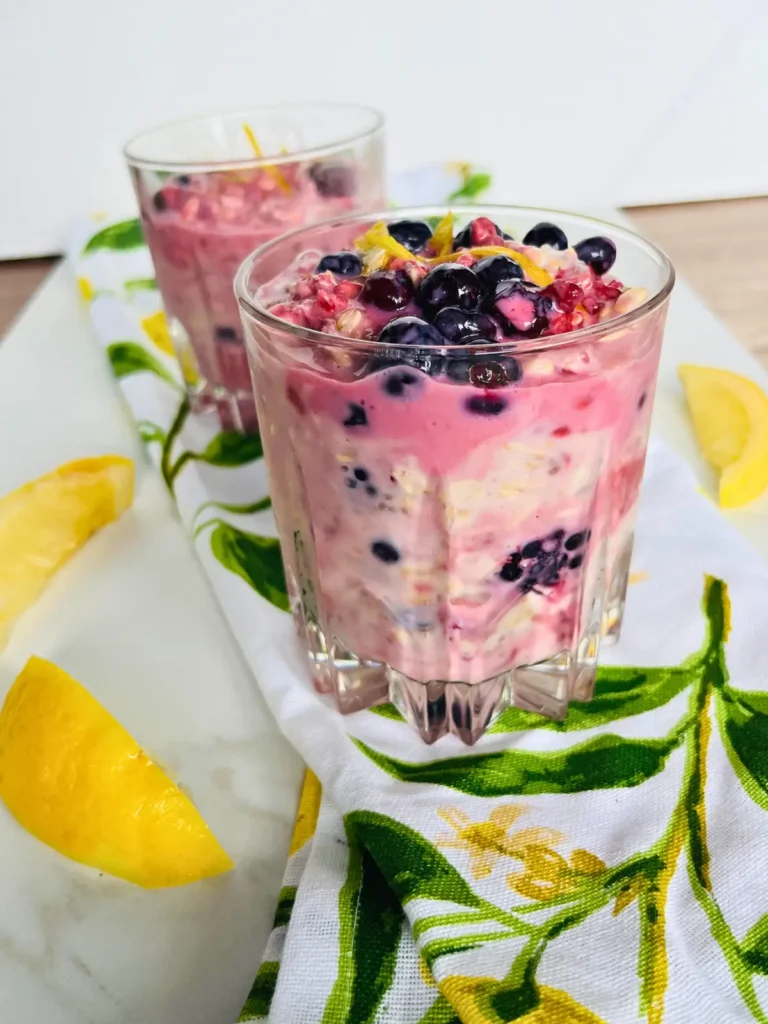
Lunch: Copycat Chick Fil A Spicy Southwest Salad (The Oregon Dietitian) featuring chicken breast, fresh greens, black beans, corn, cherry tomatoes, avocado and red onion. A nutrient-dense salad is one of the best ways to consume foods with immune boosting potential.
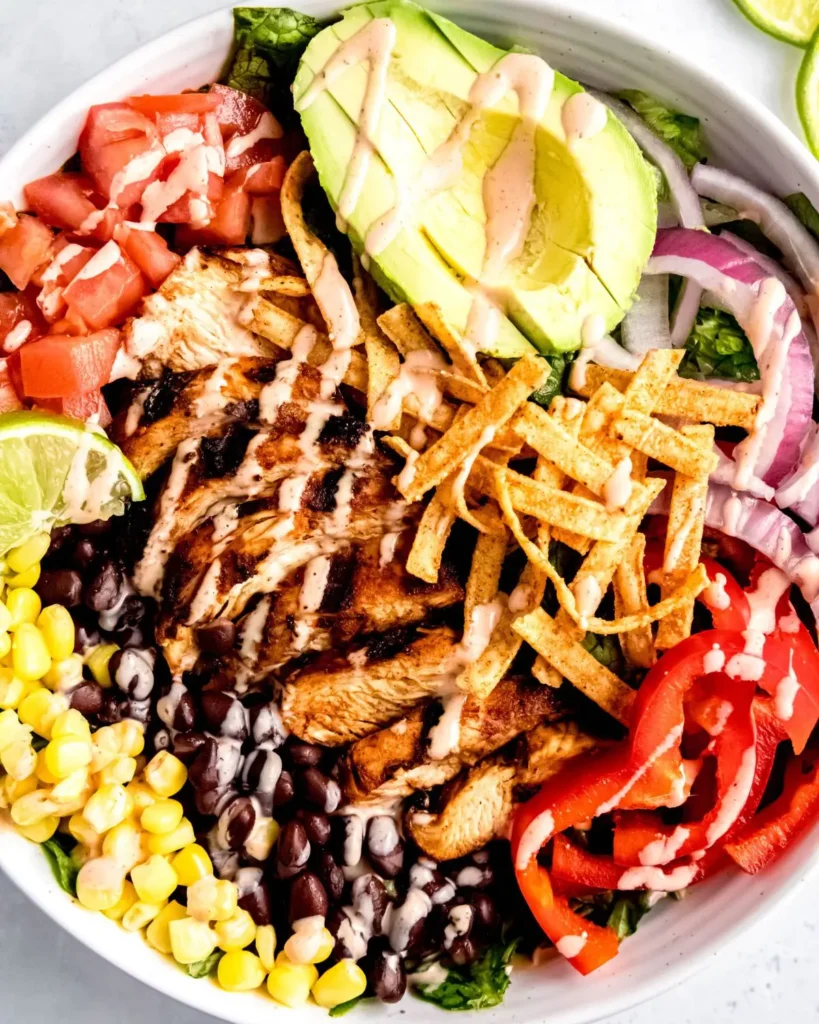
Dinner: Here’s where you are going to prioritize an oily fish, like salmon, because it’s a good source of inflammation fighting omega-3’s, vitamin D and vitamin E. Pair it with beta-carotene rich food sources such as broccoli, carrots or squash. Like this Sheet Pan Salmon with Broccoli (Julia’s Album) for an easy weeknight meal.
Snack Options:
— Pumpkin or Sunflower Seeds {Vitamin E, iron, zinc, magnesium, fiber, copper}, or add to the salad at lunch!
— Hard-boiled eggs {zinc, vitamin D}
— Strawberries or Kiwi {Vitamin C}
— Kid-Friendly Strawberry Mango Immune Boosting Popsicles {vitamin C, D, and E, probiotics}
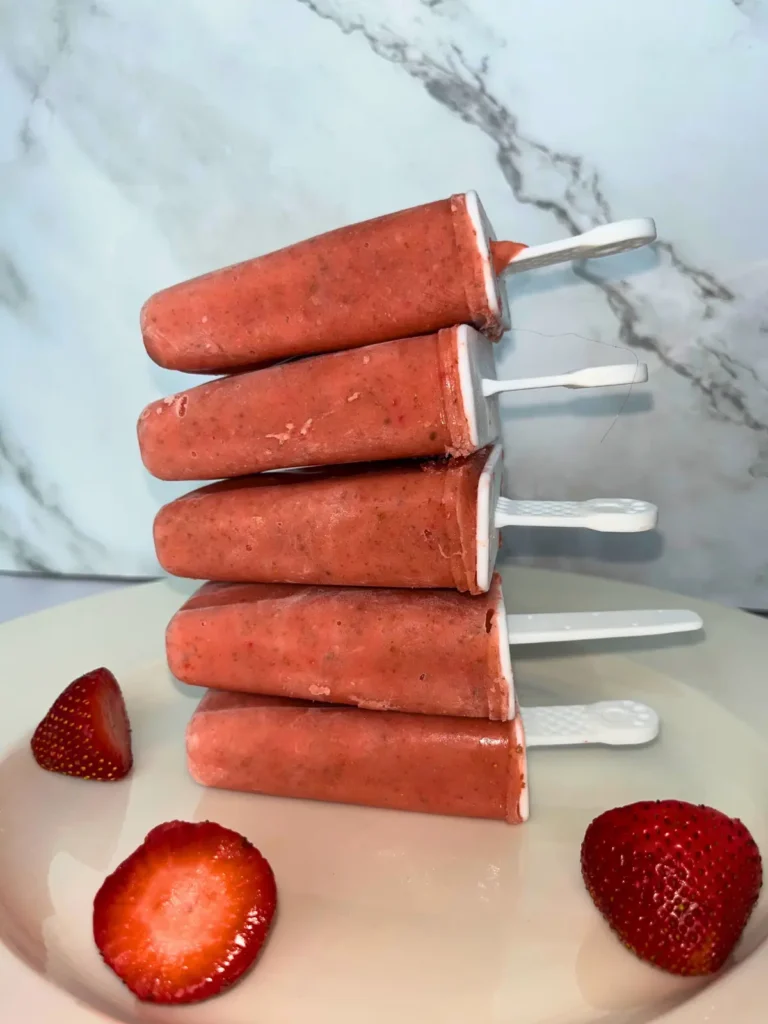
Day 2
Breakfast: Since eggs are a good source of vitamin D, protein and zinc, try something like this High Protein Breakfast Burrito. This recipe also features avocado, which is a good source of vitamin E, and chopped tomatoes for some vitamin C!
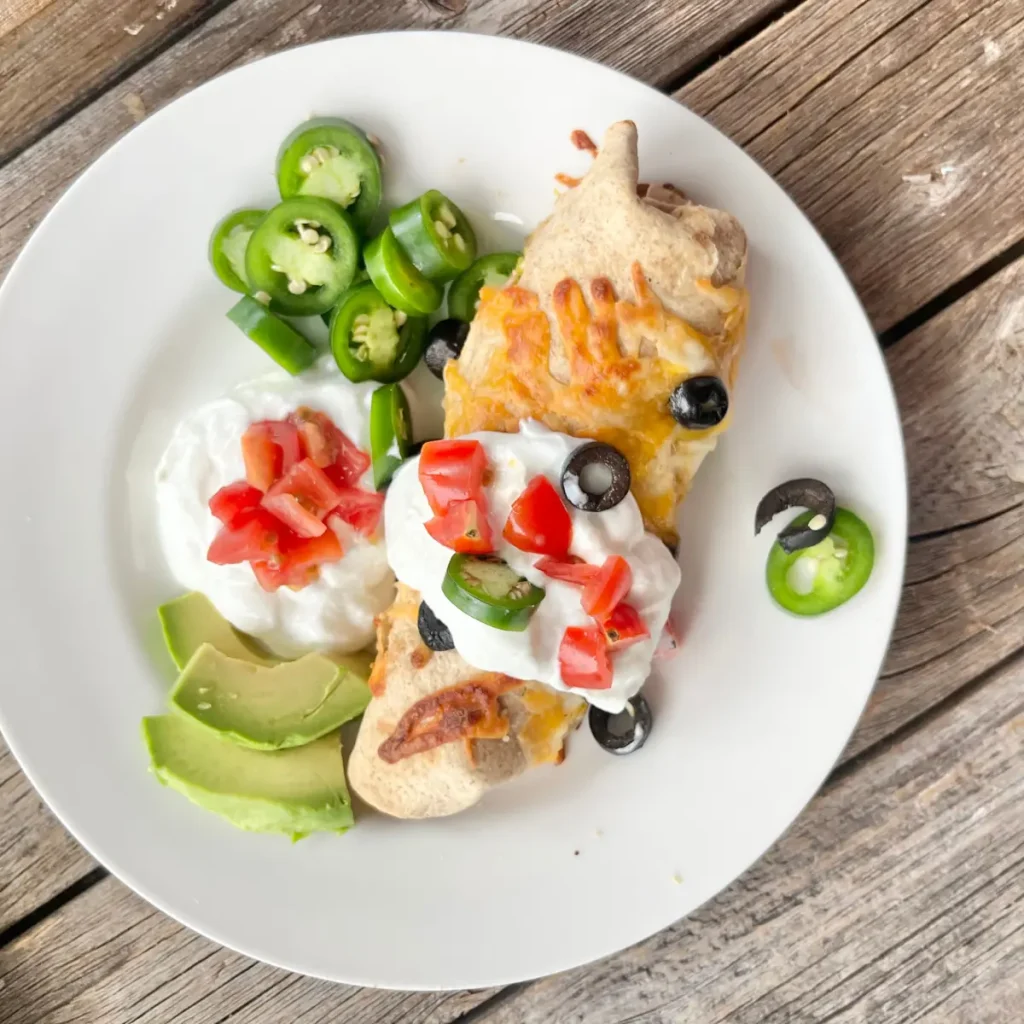
Lunch: Mediterranean Chicken and Cucumber Salad. Utilize some leftover chicken and this is an easy lunch ready in less than 10 minutes! It combines chickpeas {zinc}, cucumber, tomatoes {vitamin C}, chicken {protein}, bell peppers {beta-carotene, vitamin C}, avocado {vitamin E} and chopped walnuts.
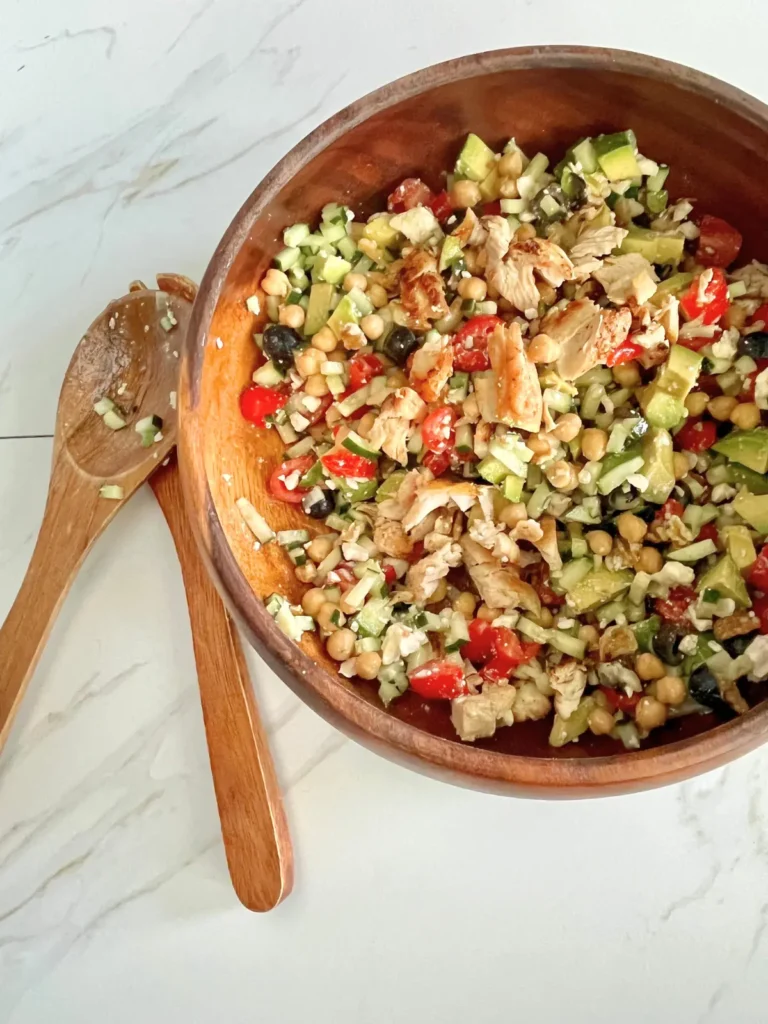
Dinner: Slow Cooker Beef Curry (Slow Cooker Gourmet) with Golden Turmeric Roasted Cauliflower (Haute & Healthy Living). A super easy crockpot meal with beef {zinc, protein}, paired with this unique cauliflower recipe which uses turmeric.
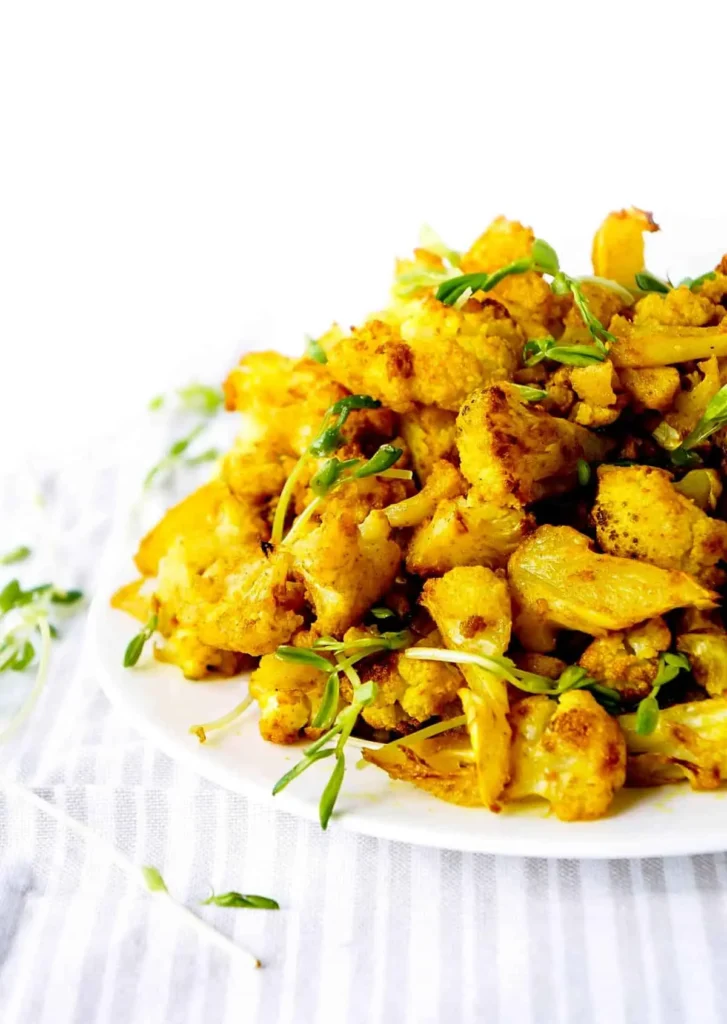
Snack Ideas:
— Peach Pineapple Kefir Smoothie {vitamin D, probiotics, fiber}
— Kefir Chia Pudding {vitamin D, probiotics/prebiotics, iron}
— Oranges {Vitamin C}
— Cantaloupe Slices {Beta Carotene}
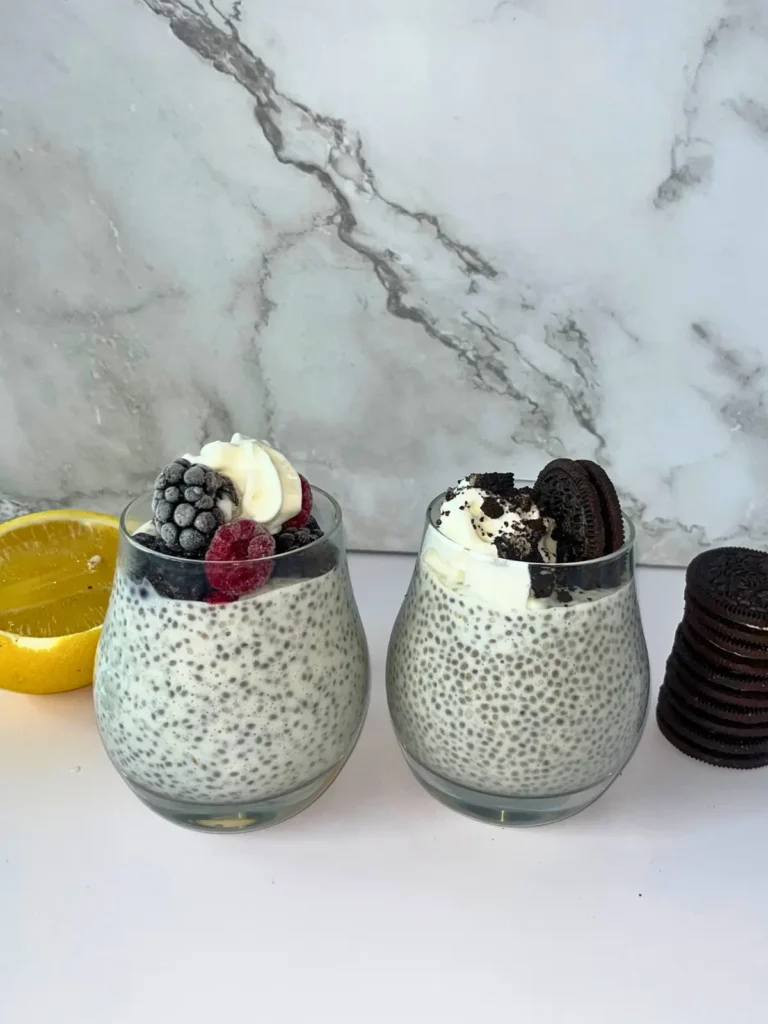
Day 3
Breakfast: Oatmeal with protein powder {protein}, strawberries {vitamin C}, and chopped nuts {vitamin E}. OR, two-egg omelet {protein, vitamin D, zinc} with spinach {vitamin A, C, iron} and broccoli {vitamin C, beta carotene} and whole wheat toast {prebiotics}. Add a glass of milk for some vitamin D!
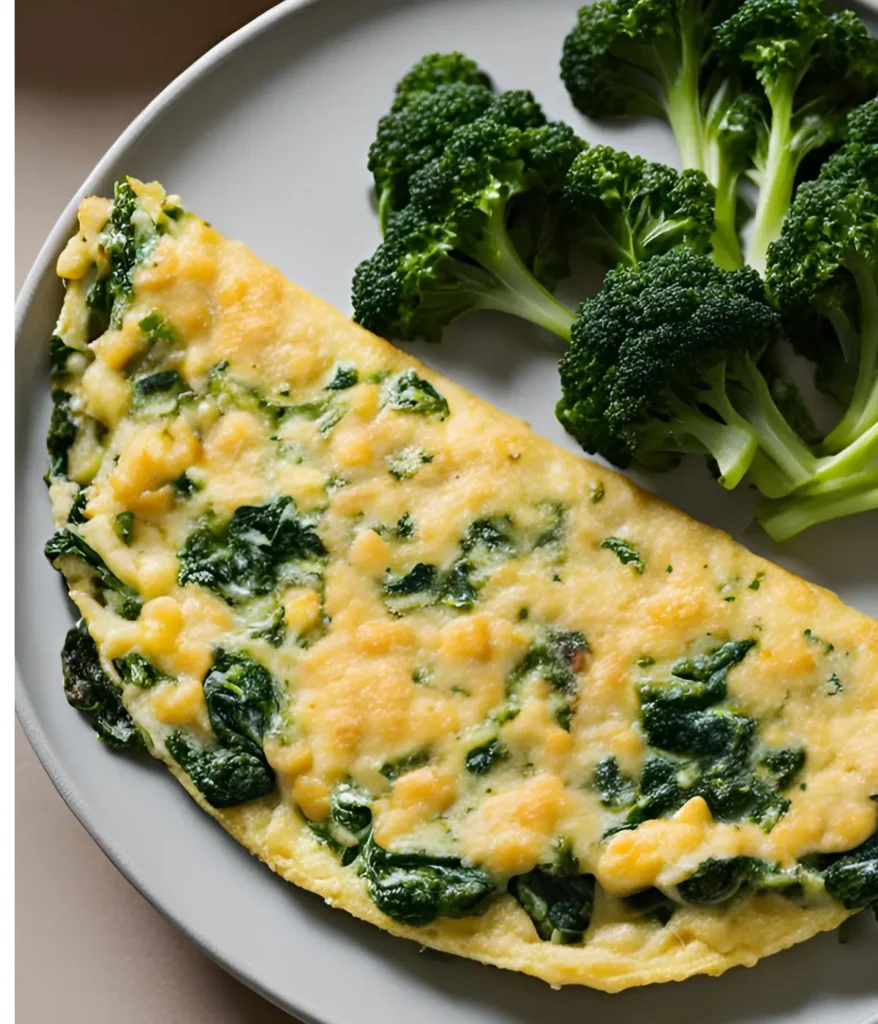
Lunch: A high protein and fiber adult lunchable with Greek yogurt tuna salad {protein, probiotics, vitamin D}, bell peppers {beta carotene, vitamin C}, a cucumber chickpea salad {zinc}, chopped nuts {vitamin E} and whole wheat Triscuit crackers.

Dinner: This Sweet and Savory Butternut Squash Bowl is an absolute explosion of comforting flavors while boasting nutrients like has vitamin C and E from the butternut squash, protein and zinc from the chicken, and iron and magnesium from the chopped walnuts.

Use frozen butternut squash for added convenience on busy nights, if needed. Sweet potatoes are a good substitute as well {vitamin A, C}.
Snack(s):
— Olipop Dirty Soda {prebiotic fiber}
— Sliced Tomatoes with Oil & Vinegar {vitamin C}
— Bananas and Peanut Butter {vitamin C, protein, magnesium}
— Bowl of Cereal Fortified with Vitamin D
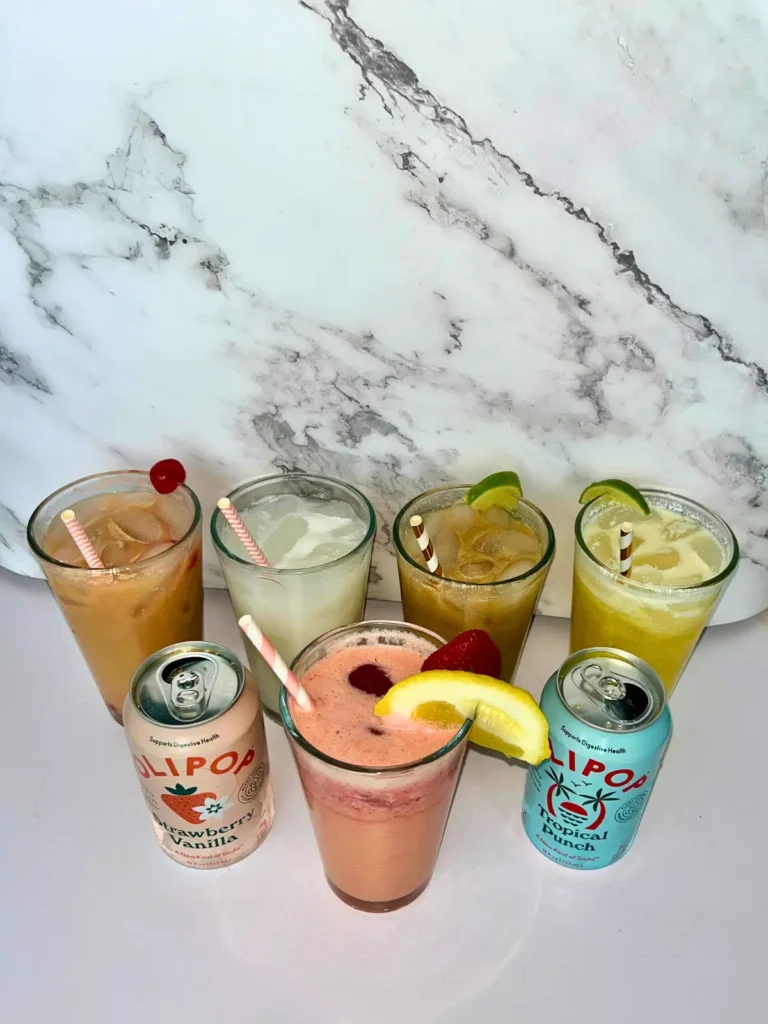
Related Posts:
— Best Foods to Eat After the Stomach Flu
— What to Feed a Sick Toddler
You Got This!
Alright, moms – you just never know what the year is gonna bring, but you got this! It’s SO hard to just even put meals on the table but if you just put a little bit of thought into your week during a time where you aren’t so busy it can really make all the difference.
Take shortcuts when needed, batch cook, use rotisserie chicken, freeze leftovers, meal prep super easy meals – whatever works for your lifestyle to make eating healthier a little easier! Save this post for reference and feel free to follow along for more resources to prioritize your health.
